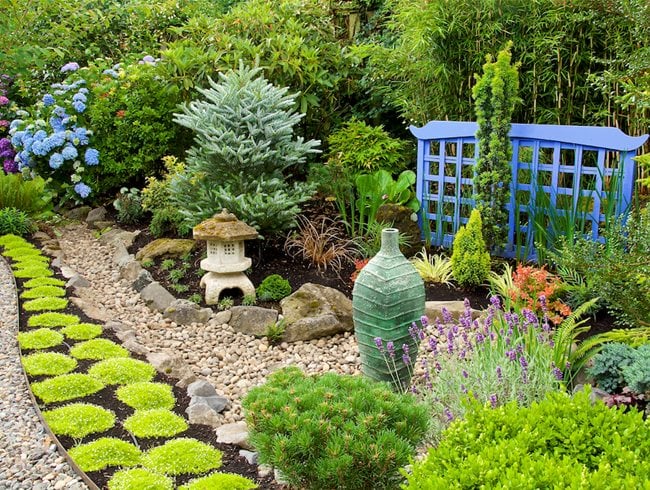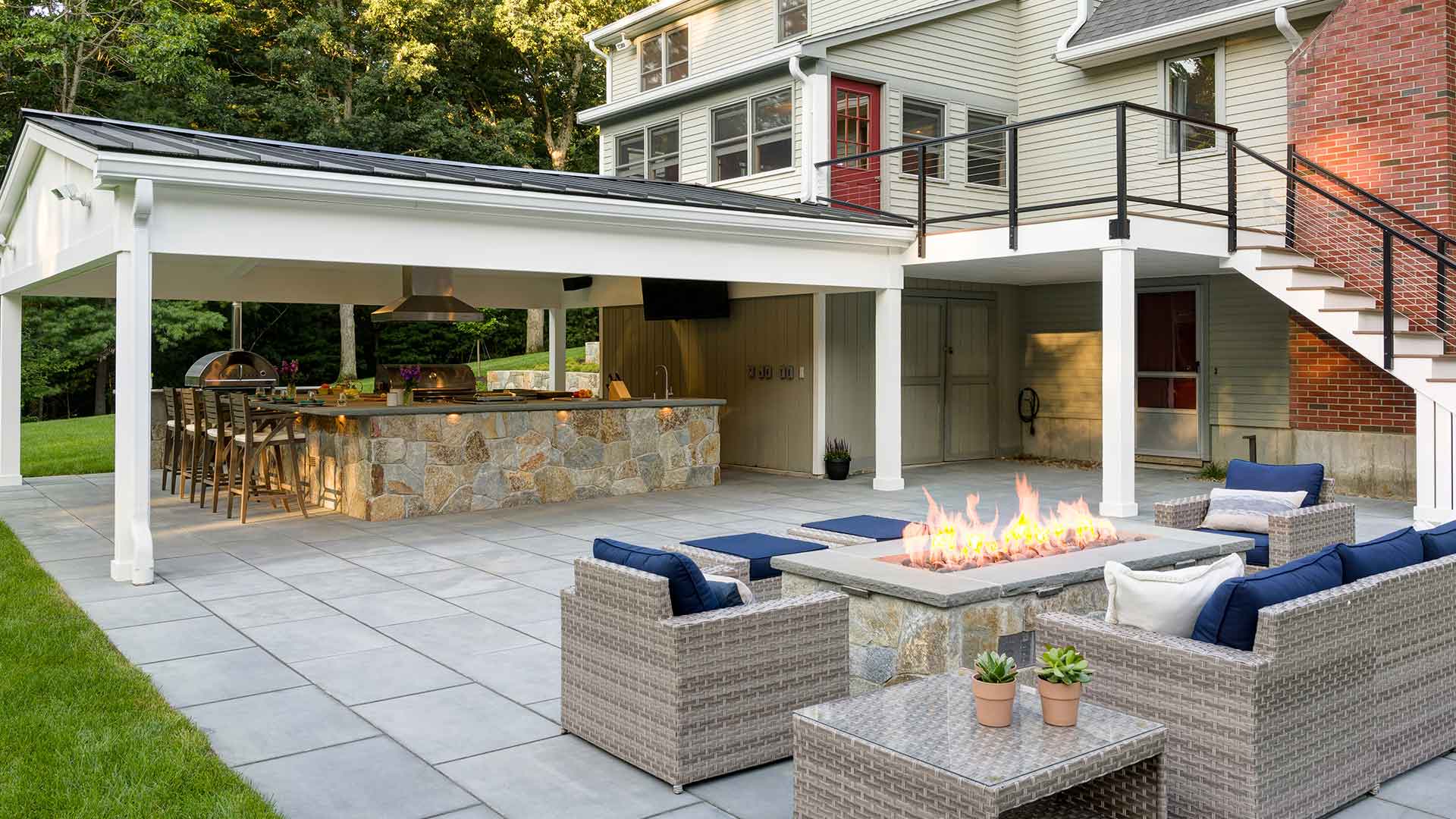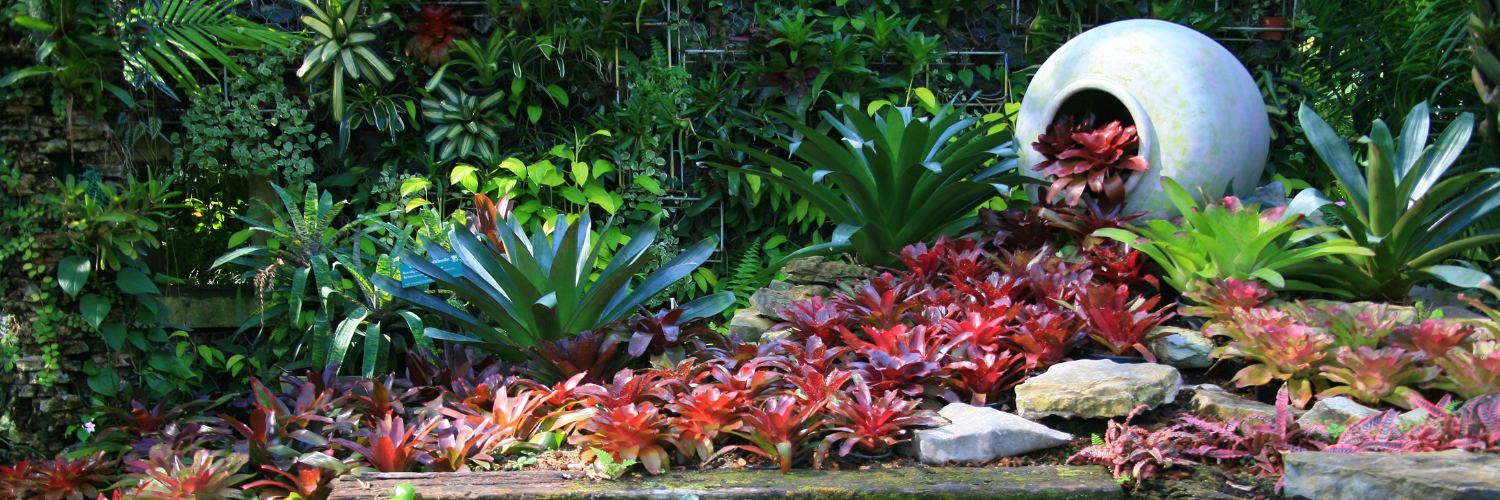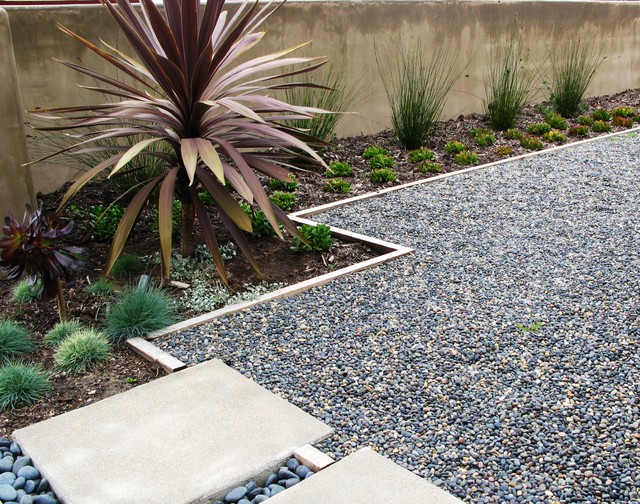4 Easy Facts About Landscapers Described
4 Easy Facts About Landscapers Described
Blog Article
Some Known Facts About Landscapers.
Table of Contents9 Simple Techniques For LandscapersExcitement About LandscapersNot known Details About Landscapers Some Known Details About Landscapers Landscapers Can Be Fun For Everyone
- A tree or shrub (hedge) that sheds its fallen leaves in winter season. In the PNW there are semi-deciduous or semi-evergreen plants that might lose their fallen leaves depending on exactly how cold the wintertime is. Abelia and some hebe are fine examples. Landscapers. - A flat gathering room, made from wood or composite material (made to resemble timber), commonly nearby or connected to a structure.

This is an all-natural process, and the result can be utilized for paths and patio areas. - Key landscape features being recommended in a landscape layout plan.
About Landscapers
These objectives guide the style procedure, not the designer's style or preferences. Typical layout objectives in Rose city are low maintenance, drought tolerant, and animal pleasant.
Nevertheless, over time this layer can get very thick and make it hard for water, sun, and nutrients to obtain to parts of the lawn.- The procedure of gathering and controlling the flow of water on a residential or commercial property. This can be done with grading, French drains, completely dry wells, permeable surface areas, sump pump, rain gardens, and extra.
- A slow feeding irrigation system that makes use of flexible tubing and emitters to send out a precise amount of water to each plant. - The ability of a plant to survive without much summer water.
- A yard feature where water is represented by an aggregate rock product, normally a gravel or granite.- A stone or natural flagstone patio area, course, or walkway constructed without a concrete base.
Fascination About Landscapers
- A rock retaining or cost-free standing wall surface developed without the use of mortar. - An underground structure that collect water and permits it to reduce percolate right into the dirt around it.
Landscape layout that is suitable with a websites' setting in both appearance and sustainability without adverse impacts to the setting. Edging in the landscape is a line of demarcation that develops visual rate of interest in the garden by separating one sector from one more section. This can be visual or practical, maintaining one component (such as pea crushed rock) from obtaining mixed right into another (like bark dust).
Areas can additionally have a feeling of "unit" supplied by trees, other growings, fencings, or screens. The landscape near the entry to a structure.
A plant click here for more that is not indigenous to the place where it will certainly be grown. Not all "exotics" are invasive or dangerous, and many can be well behaved or drought forgiving (Landscapers). A mass growing of ferns. Thicker bladed turf lawn that spread out via rhizomes.: The degree of dirt on your property prior to bark dust or garden compost is spread.
10 Simple Techniques For Landscapers

The objective, factor, or activity that a location is be landscaped for. Staircases operate, as an example, to allow foot website traffic up and down a slope. Room for expanding plants for watching, consuming, or exercise. A roofed building utilized over an exterior gathering space. The growing of a seed, possibly describing a lawn that is being grown from seed.
Rock item, either rounded or fractured, that is reasonably little- usually 1" or less. Reduced plants that are enabled or urged to top a location. Can refer to any kind of "tough" garden components including statuary or stones Continued yet the majority of generally is made use of to describe paths, patio areas, and walls.: Height distinction in between the degree of water in a pond (or the level of the pump if it rests outside the fish pond) and the upper outlet of water which impacts efficiency of the water pump in gph (gallons per hour). Dense hedges or trees that form a fence, display, or border.

The Main Principles Of Landscapers
An even more relaxed yard controlled by rounded instead of straight bed lines and a much less rigid framework. Typical PNW landscapes are informal. A plant that spreads out greater than desired, or into environments where it does damages. Portland has a list of intrusive plants that should not be installed in landscapes because they can infect forests or waterways and be difficult to regulate.
Smart irrigation controller evaluations and recommendations right here. 2-D making of the recommended watering system. Can consist of head placements and insurance coverage, pipeline sizing, GPM specifications, and products needed to mount this system. A watering plan is typically unneeded for houses but prevails for business projects. Certified professional who designs landscapes, schooled in additional resources design and style in addition to in gardening.
Landscape designers generally have much less education than Landscape Architects and are not certified. A completed landscape layout, describing all aspects for the new landscape.
A water tight HDPE product used beneath fish ponds, streams and waterfalls in water functions. Making use of lots of plantings of the exact same range to fill in a location in the landscape.
Report this page